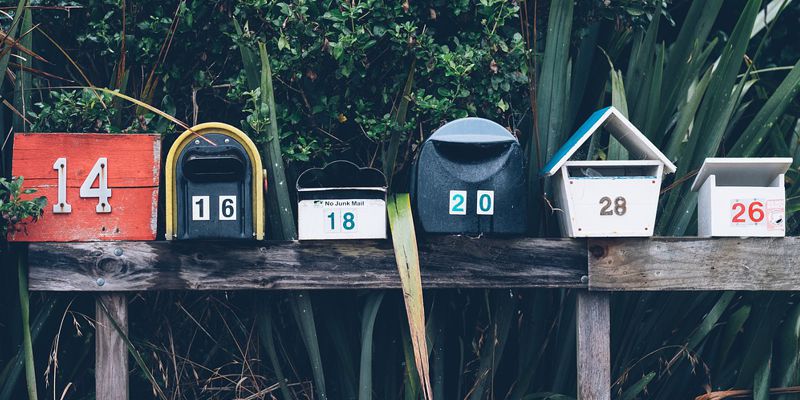L’adresse IP est un numéro spécifique qui identifie chaque appareil (routeur, ordinateur, téléphone mobile, etc.) connecté à un réseau informatique, à la manière d’une adresse postale.
Elle permet à deux ou plusieurs appareils de se reconnaître et de s’envoyer des informations. Chaque paquet d’informations envoyé contient l’adresse IP de l’expéditeur et l’adresse IP du destinataire.
Il existe des adresses IP privées pour l’Intranet ou réseau privé et des adresses IP publiques pour Internet.
La version la plus commune est aussi appelée IPv4 (v4=version 4).
Comme les combinaisons d’adresses IPv4 sont arrivées à saturation, il a été nécessaire de trouver une solution pour faire face à la demande croissante, d’où la création des adresses IPv6 (version 6).
Quelle différence entre IPv4 et IPv6 ?
L’adresse IPv4 est composée de 4 chiffres de 1 à 255 séparés par un point, par exemple : 219.92.117.157.
L’adresse IPv6 est composée de 8 paquets de chiffres et lettres, séparés par deux points, par exemple : 2002:400:2A41:378:0000:0000:34A2:36 ou 2002:400:2A41:378::34A2:36 par convention d’écriture (les 0000 entre les : sont omis).
Quelle utilité de connaître l’adresse IP ?
Avec une adresse IP, il est possible de :
- Localiser le serveur qui a donné l’accès à internet.
- Déterminer le pays de provenance et la langue utilisée.
- Connaître qui est le propriétaire de l’adresse.
- Etc.
Comment trouver votre adresse IP ?
En allant sur internet et en cherchant « mon adresse IP » ou « quel est mon IP » et vous aurez plusieurs sites qui proposent ce service.
(Photo : Pexels on Pixabay.com)

